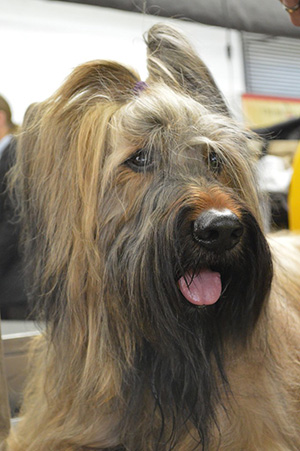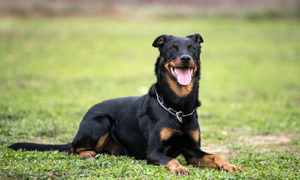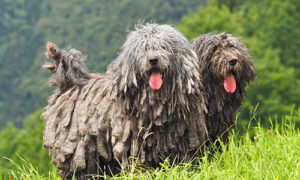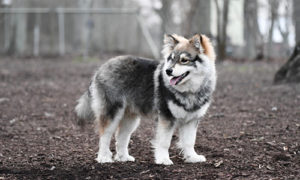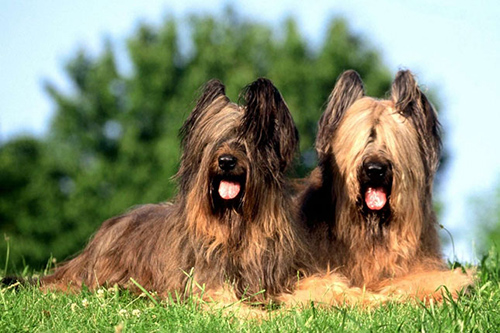
The Briard dog is among four French sheepdog breeds. The others are the Beauceron, Picardy, and Pyrenean. It is, however, the oldest of the four breeds. In fact, they have portrayed dogs resembling the Briard in art going back to the 8th century, and more conclusive proof by the 14th century. They identified these early dogs as Chien Berger de Brie (Shepherd Dog of Brie), giving rise to the belief that the breed originated in the province of Brie; however, it may also be a corruption of Chien d’ Aubry, referring to the dog of Aubry de Montdidier that avenged his master’s slaying (according to 14th-century folk-lore).
From Guard Dog to Herder
The Briard did not get its name until 1809. It was not only a herd protector; they also used it to keep wolves at bay. Also, Briards protected the livestock and estates from human intruders. By the end of the French Revolution, they divided the land into smaller sections, making it necessary to keep livestock close to home. As a result, the Briard became a herder rather than a guard dog.
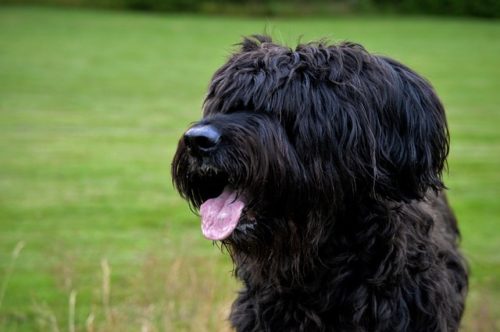
Today, the Briard is not just a herding dog; in fact, they’re also show dogs; although, it did not strut its talents in the show ring until 1900. Briard breeders and enthusiasts wrote the first breed standard in 1897; however, they changed it for another in 1909. Briards entered the Americas rather early; in fact, we believe both Lafayette and Thomas Jefferson to have brought the first dogs to the New World.
Unfortunately, Briards did not have a lasting influence. The French army made the breed the official dog in World War II. At the end of World War 1, American soldiers brought some dog’s home to America, which started the reign of the modern American Briard. The breed is not that popular in America; however, it remains the favorite sheep herding dog in its native France.
Briard Breed Facts
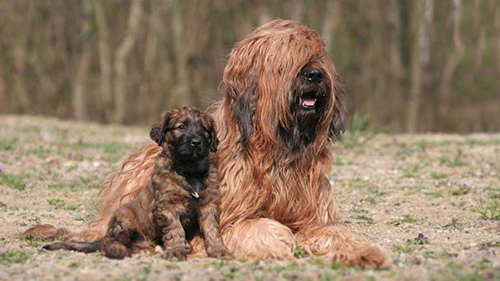
TEMPERAMENT
The Briard is a faithful, devoted, loving, and protective companion. Also, they’re intelligent, independent, and confident. It is also willing to please and willing to serve as a partner in adventure. They are a reserve with strangers. They’re aggressive with other dogs and may nip at people’s heels during play. As puppies, they will need a lot of socialization.
UPKEEP
This dog must get a good amount of activity and interaction daily. It loves to herd; however, a long walk or jog will satisfy its exercising needs. It also loves long play sessions mixed in with a little training. Its long coat will need brushing or combing every other day to prevent mats from forming.
- POPULARITY: Not popular
- FAMILY: Livestock, herding
- ORIGIN: France
- DATE DEVELOPED: 1300s
- PAST FUNCTION: Herding and guarding
- CURRENT FUNCTION: Herding trials
- OTHER NAMES: Berger de Brie
- LIFE EXPECTANCY: 10–12 years
- WEIGHT: Male: 75–100 pounds; Female: 50–65 pounds
- HEIGHT: 23 -27 inches; Female: 22–25 inches
- Color: All uniform colors except white (includes black, tawny, and gray shades)
- Health Problems: Gastric torsion, CHD, night blindness, PRA, heart problems
This dog is tall and powerful without being rough; it is slightly longer than it is tall, and its overall appearance is of striking form. This dog is a boundary herder. It serves as a moving fence which helps keep a flock in an unfenced area.
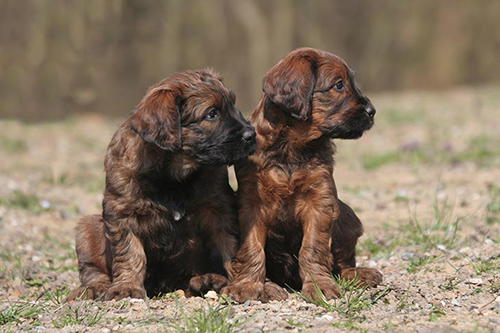
To perform this task, it is crucial that the dog be an independent thinker. It is a loose-eyed, vertical herder. When herding flocks, we have described its movement as “quicksilver”, with agile light steps that give the impression of gliding.
Its undercoat is fine and fitted, and its outer coat is bristly and dry, lying flat in long, somewhat wavy locks. On the shoulders, the coat’s length is six inches or more. The elongated eyebrows and long looking head heighten their curious, self-assured face.


